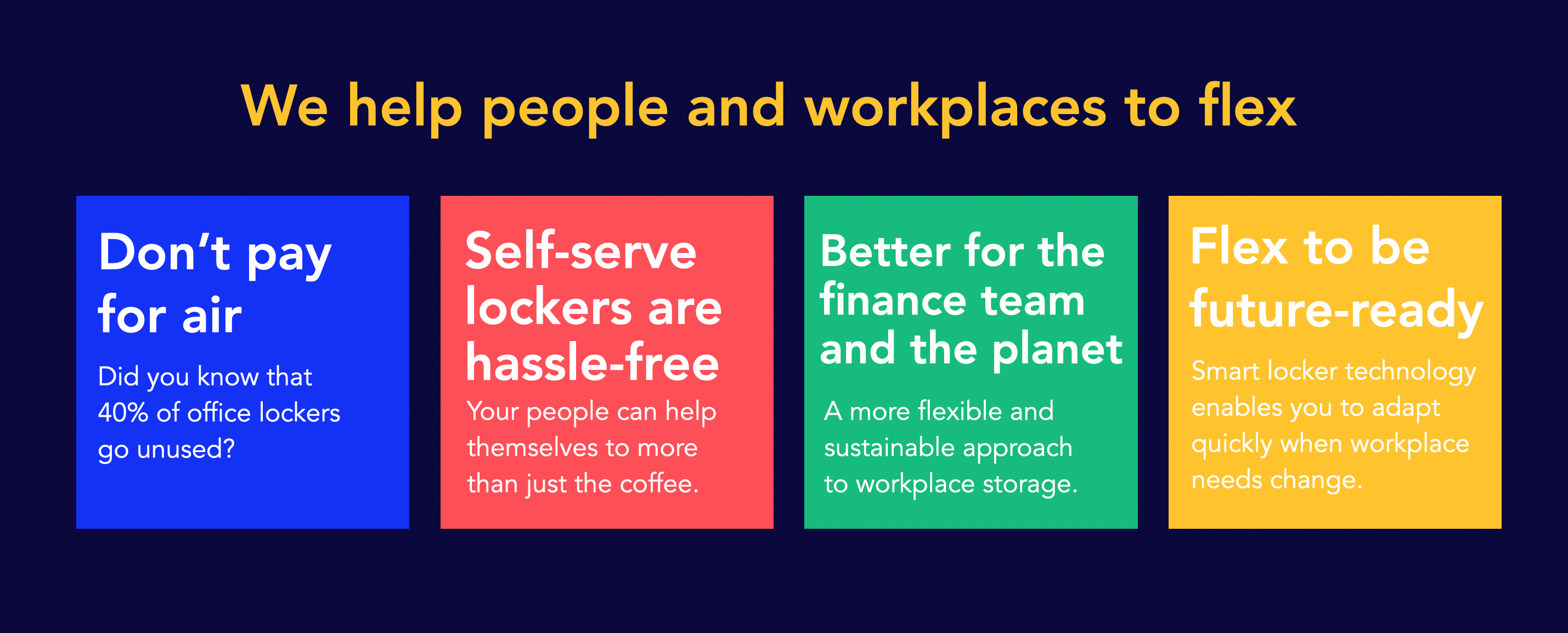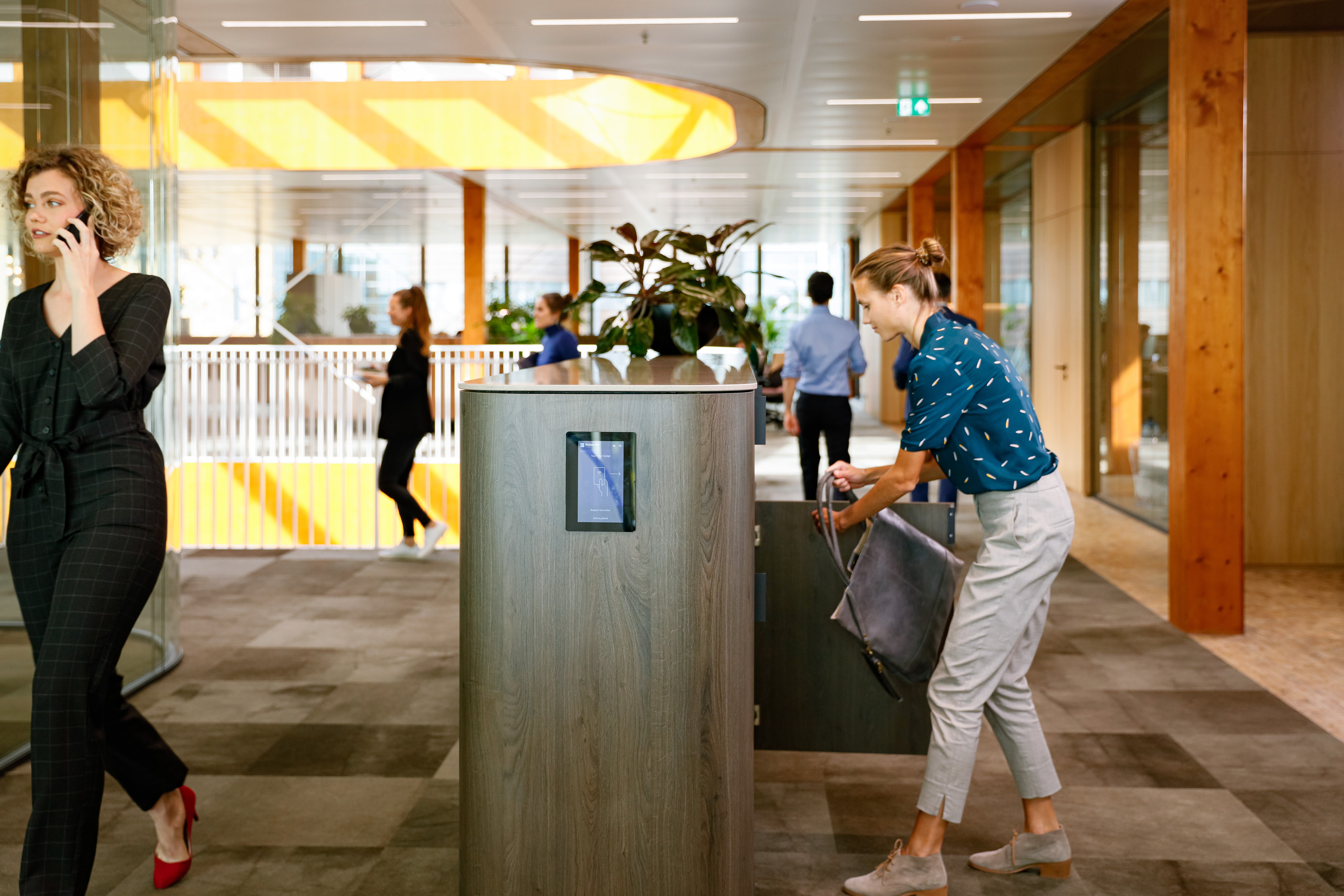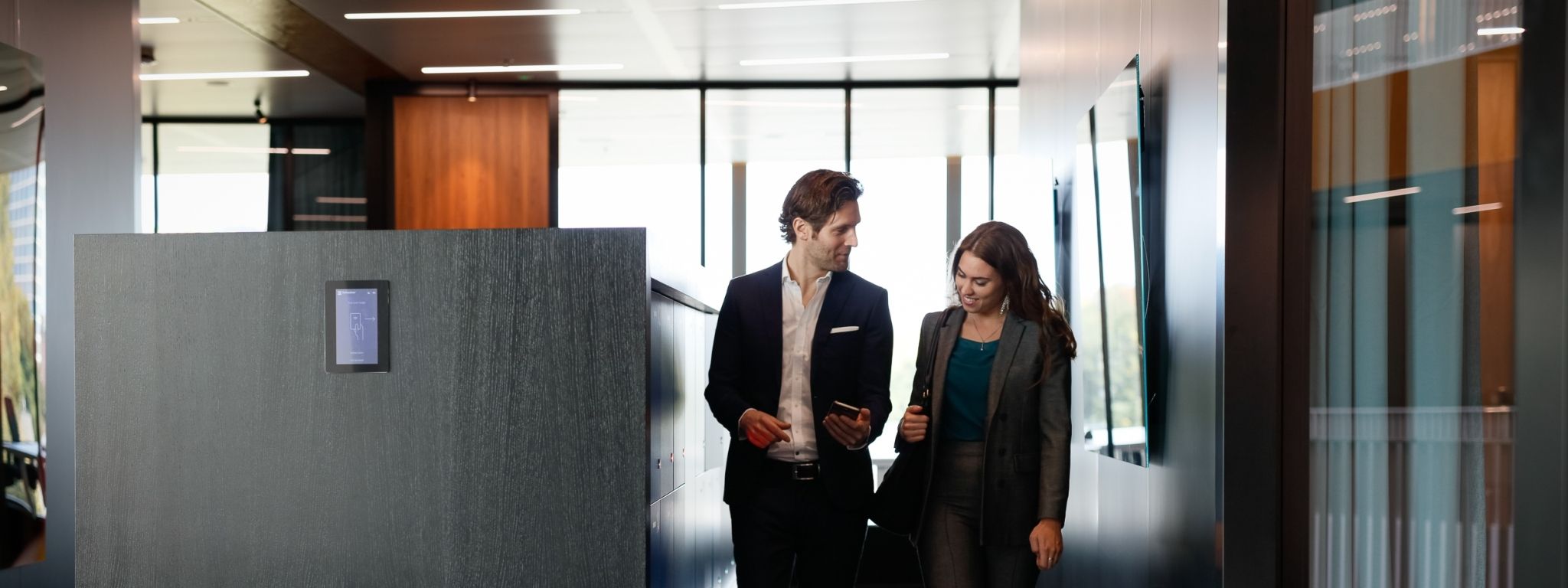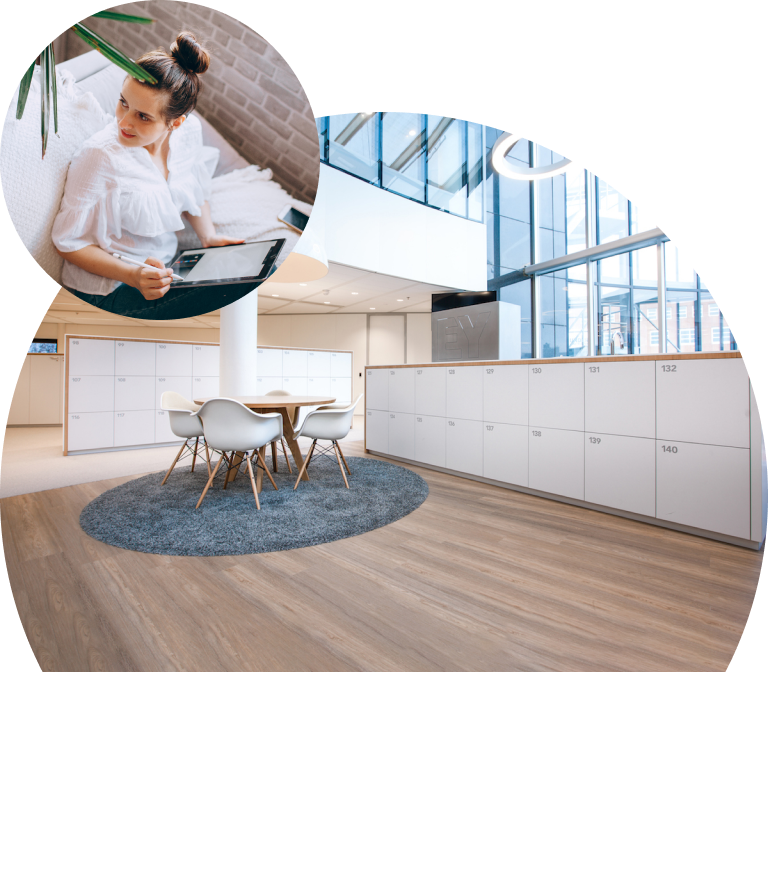Creating a successful workplace strategy is difficult and requires a lot of research, collaboration, time and patience. Therefore we share this 5 step process created by Mindtree that helps facility managers to transform their current workplaces towards smart workplaces.
This 5 steps process can be useful for organizations that are planning to transform their existing building into a smart workplace and companies that will start from scratch with a new building.
Step 1: Start with a discovery process
The first thing you need to do is get profound insights into the actual usage of the assets and resources in the building. You investigate which systems and infrastructure need to be digitalized.
The installation of sensors that gather data from e.g. the heating, ventilation, air conditioning and lighting system help you to track asset utilization and maintenance issues.
Step 2: Define clear objectives
Now it’s time to define the objectives and to make sure that there is alignment and consensus between COO, the facilities manager and the IT lead. The goals must include three important aspects: 1. Capex cost control as a result of integrating existing building infrastructure with smart technology, 2. Inclusion of central monitoring capabilities, and 3. a clear roadmap for implementation, infrastructure management and future enhancements for sustainable growth.

Step 3: Align IT and OT
The integration and alignment between information technology (IT) and operational technology (OT) is the foundation of the smart workplace. An ideal smart building solution uses a centralized, automated, intelligent platform to integrate systems responsible for facility management, enabling data-driven decision making for facility managers.
Step 4: Partner with the right vendors
There are many vendors in the market that claim to be the best for the job. It’s therefore important to ask the right questions when choosing your project partners. Real-time data generation, analytics, end-to-end project management and operational excellence are key. Those elements should be present and visible in their proposition. Challenge your potential vendors with questions that do not only cover the current situation, but the future as well.
Step 5: Keep your stakeholders involved
The transformation process towards a smart building touches many different stakeholders. Both internal and external stakeholders that need to be in agreement on expected outcomes and best practices. Put a project team together that contains a representation of the key stakeholders in the change process. This will help you to create a one-stop-shop for all questions related to the project and a team that has short communication lines. They will gather the right partners and vendors when they need them at each step in the transformation process. -1.png?width=1547&name=Vecos%20_%20Vecos%20th%20(1)-1.png)
How technology can be used to transform the workplace
Transforming the workplace means supporting the transformation of the behaviour of own employees. The tools in the digital workplace should support the professional development of the staff, as well as their collaboration and productivity.
When it comes to the right execution of technology, technology can bring people together. For employees working in the office, as well for the ones working remotely or from home. And that is an important aspect of the workplace transformation, because technology enables changes and alignment.
So, how do you use technology for good in the workplace? Start with an approach that celebrates the positive aspects of the organization’s culture, and build real connections based on trust and appreciation.
The Vecos locker solution for the smart workplace
By reconsidering the purpose of the office, companies need to re-consider the facilities that people need to execute specific tasks in the best way and how this can be implemented in the current working environment. Overall, fixed work points, desks, or offices are now used less than 50% of the time, signifying a huge waste, not only in terms of square meters and sustainability, but also in operating costs.
Working with a dynamic locker solution enables both employees and visitors to freely move through the office. In this case, they can store their belongings next to the workplace that best suits their activities. People can use a locker for their personal belongings anytime and there is no need to have a fixed locker for every person all the time.
The Vecos locker management system is a smart self-service storage solution which optimises space utilisation and facilitates activity-based workplaces. Based on the data provided by the Vecos system, companies are able to reduce the office storage capacity by 40%. The remote administration and locker management saves facility managers up to 90% of their time for administrative tasks.

The benefits of the Vecos smart locker
The Vecos locker management system enables companies worldwide to optimize their workspaces, save facility management time, utilize office space and take people into the desired change.
- 30-50% less lockers (and floorspace) needed with Releezme solution
- Smart storage is a crucial aspect of dynamic buildings
- Connected lockers are manageable resulting in significantly lower costs on facility
- Helps to prevent ‘camping’ and ‘claiming’ and enables Activity-Based Working
- Integration with building IT parties via smart API
- Smartphone driven solution, incl. RFID access badges, QR codes, NFC, BLE etc.
- The ‘war for talent’ requires innovative buildings.


-2.jpg)

